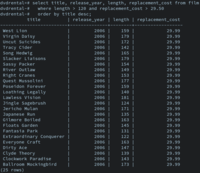
Photo from wikipedia
Solar photovoltaic (PV) systems are susceptible to power loss caused by environmental factors such as partial shading and temperature changes. To address this issue, PV modules are connected in array… Click to show full abstract
Solar photovoltaic (PV) systems are susceptible to power loss caused by environmental factors such as partial shading and temperature changes. To address this issue, PV modules are connected in array configurations. However, these configurations can lead to mismatch losses between the PV rows, which reduce power output. While there are many solutions to mitigate these losses, the performance of each solution can vary depending on the environmental conditions and the array configuration logic. This research paper evaluates the performance of fifteen existing static PV array configuration techniques under various shading patterns. We analyze the mathematical formulation and logic used behind each configuration, as well as the shade dispersion rate, power generation, power losses, advantages, and disadvantages. Our analysis includes a MATLAB/SimulinkⓇ model of a $5\times 5$ array for each configuration under different shading patterns. The performance of consistent and best configurations is also evaluated in a real-time environment. The results categorize each configuration as consistent, best, average, or poor. This paper provides a detailed analysis of the different PV array configurations and their performance, which can help in selecting the optimal configuration for specific environmental conditions.
Journal Title: IEEE Access
Year Published: 2023
Link to full text (if available)
Share on Social Media: Sign Up to like & get
recommendations!